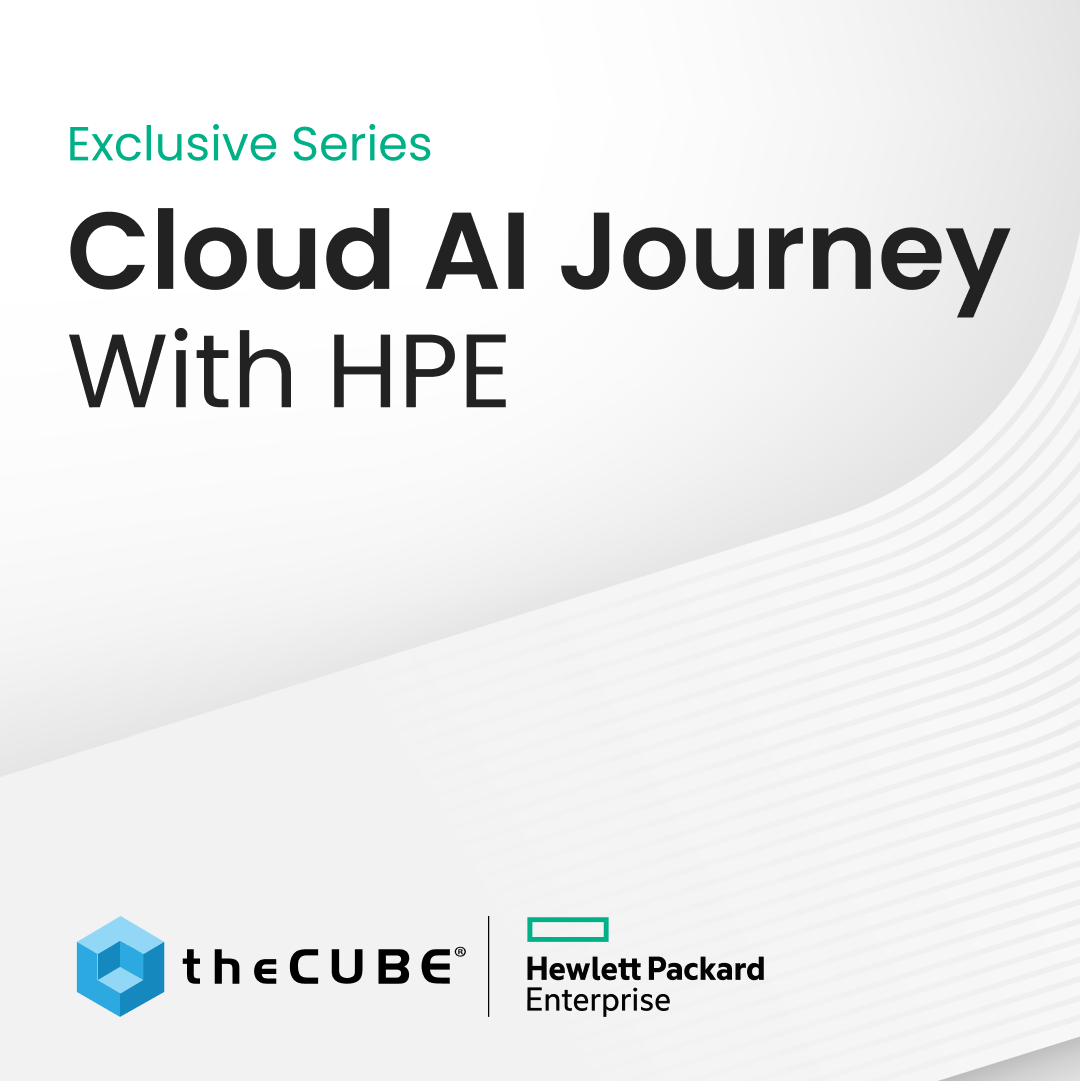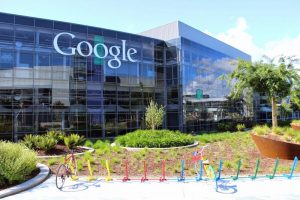Netflix Spends 20 Times More on Postage than Bandwidth
In an article published at The Hollywood Reporter, Netflix chief content officer Ted Sarandos tried to calm shareholders fearful of rising content licensing prices by explaining that rising content prices are offset by declining postage fees. It currently costs Netflix up to $1 per DVD mailed round trip while a typical streamed movie costs 5 cents. With 2 million DVDs per day being shipped, Netflix is spending $700M per year in physical disk postage and that number continues to decline as Netflix adds more streaming content. ![]()
Subscriber revenues will also continue to increase at a rapid pace as Netflix increases the size of their streaming library. So despite having to pay hundreds of millions of dollars more for content licensing, Netflix argues that it will be able to make up in postage savings and an increasing subscriber base and grow the business. This postage saving strategy explains why Netflix is removing the “add to DVD queue” button on streaming devices.
Netflix bringing value to content providers
Another key point raised in the article is that while Netflix may be devaluating some new content, they’re making a lot of old content from the library vaults valuable again for content providers. The content providers also gain a new buyer which bids up the price of the content. And with all the money saved on postage and distribution costs at brick and mortar stores, that means a much bigger pie for Netflix and the content producers. Of course this will mean that Netflix and the content producers will have much to negotiate to determine how to split the postage savings and increasing subscriber base revenues.
Splitting the leftovers from the postage savings
The negotiation doesn’t end with content as 5% of the postage savings will now be available to the companies that delivery the bits to the broadband subscribers. Content Delivery Networks (CDNs) and broadband providers will have an incentive to upgrade their infrastructure to deliver more digital content at increasing bitrates and quality. CDNs will build out the servers and the storage and some replication costs for distribution to regional distribution centers while broadband providers will handle the more costly regional delivery services which require more costly upgrades on the last mile. The CDNs and broadband providers will have to negotiate how to split the money from the increasing video streaming business.![]()
Level 3 breaks contract under the banner of “Net Neutrality”
These negotiations have traditionally been handled by the free market, but Internet transit provider Level 3 Communications has decided to enter the CDN market and change the rules of the game by violating their peering agreements with broadband providers like Comcast (see video explanation). When Level 3 was forced to honor their signed contracts by Comcast, Level 3 agreed to abide but screamed “Net Neutrality violation” to the FCC and the media claiming that they do all the long distance delivery and that broadband providers only have to delivery to the last mile. Level 3 is now demanding, for the first time, that CDNs shouldn’t have to pay broadband providers anything for hundreds of Gigabits per second (Gbps) of private peering capacity.
But the reality is that the CDN only handles the original content replication which requires relatively little bandwidth since they’re only delivering to roughly 10 locations for Comcast. Level 3 CDN then replicates thousands of copies of each video at the distribution sites and hands it to Comcast for regional delivery which is very costly for Comcast (see division of labor between CDN and Broadband provider). So Level 3′s argument is simply invalid and it is only fair that they share some of the revenues from Netflix with the broadband providers who do most of the delivery work. It is only fair that the CDNs pay for their end of the broadband connection like broadband subscribers and share the cost of broadband upgrades required to transform broadband from something that can only handle subscriber burst loads to sustained peak loads.
[Cross-posted at Digital Society]
A message from John Furrier, co-founder of SiliconANGLE:
Your vote of support is important to us and it helps us keep the content FREE.
One click below supports our mission to provide free, deep, and relevant content.
Join our community on YouTube
Join the community that includes more than 15,000 #CubeAlumni experts, including Amazon.com CEO Andy Jassy, Dell Technologies founder and CEO Michael Dell, Intel CEO Pat Gelsinger, and many more luminaries and experts.
THANK YOU















